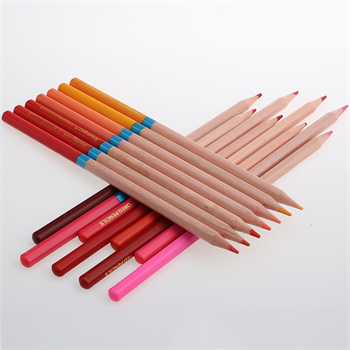Pencils have been a staple tool for centuries, offering a unique blend of precision and convenience. But have you ever wondered about the journey that led to the modern pencil we know today? Let’s take a closer look at the evolution of pencils and the innovative strides they’ve made over time.
Ancient Beginnings: The Birth of Graphite The history of the pencil can be traced back to ancient times when early civilizations utilized various materials for writing. However, the breakthrough came in the 16th century when graphite, a naturally occurring form of carbon, was discovered. This soft, black substance marked the birth of a new era in writing tools.
Invention of the Modern Pencil The evolution of pencils took a leap forward in the late 18th century with the work of Nicolas-Jacques Conte. He introduced a method to mix graphite with clay, resulting in a more stable and versatile writing instrument. This innovation laid the foundation for the familiar wooden pencil we use today.
Technological Advancements With the advent of the Industrial Revolution, pencil production was revolutionized. Mass production techniques allowed for consistent quality and affordability, making pencils accessible to a wider audience. Furthermore, advancements in materials science led to the development of mechanical pencils, providing an alternative for those seeking a more sustainable and refillable option.
From Analog to Digital: Pencils in the Digital Age In today’s digital era, the concept of a pencil has extended beyond the traditional physical tool. Digital styluses, often referred to as “digital pencils,” have emerged as essential accessories for tablets and touchscreens. These tools offer precise control for digital artwork, note-taking, and other tasks, bridging the gap between analog and digital creativity.
Conclusion The journey of pencils from primitive markings to sophisticated digital tools showcases the human quest for innovation and improvement. As we continue to value both tradition and progress, the pencil remains a symbol of our ability to adapt and transform tools to suit our evolving needs.







